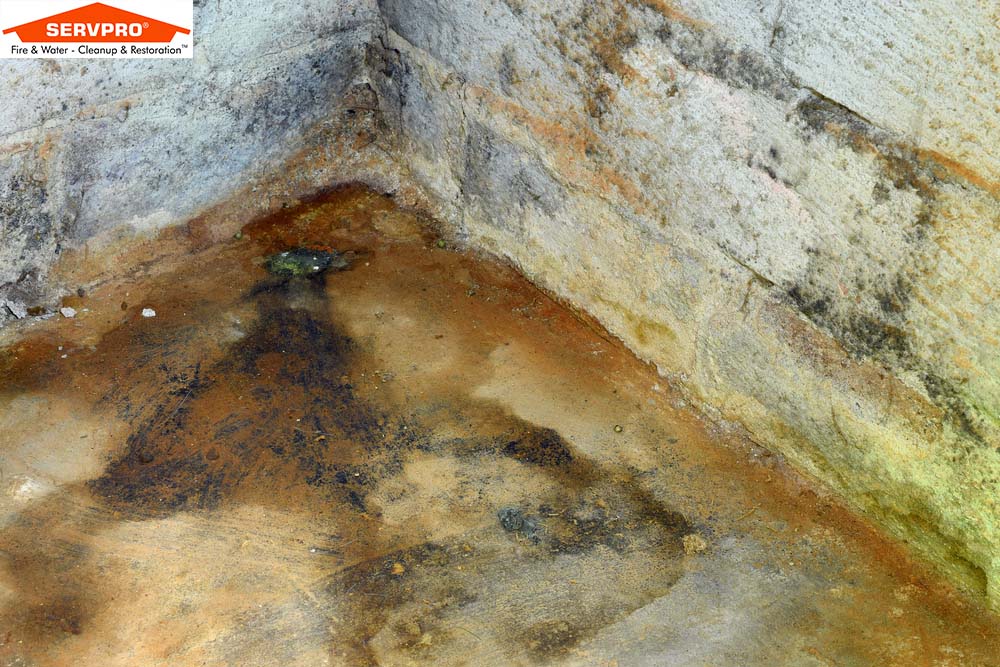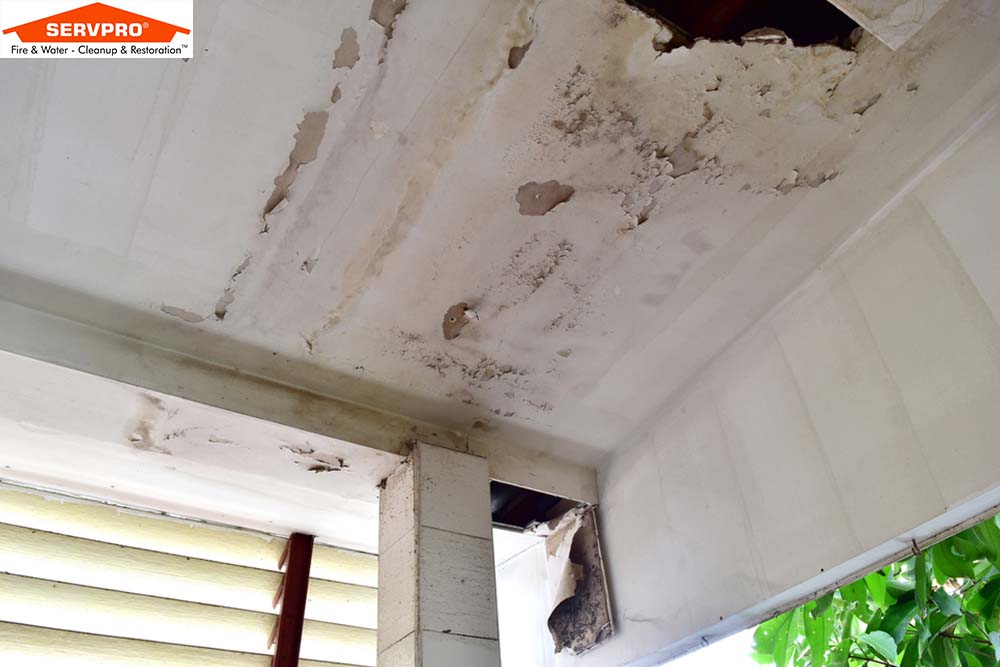SERVPRO of Upper Cape Cod and The Islands
Things to Do for Water Damage Restoration in Ceiling and Basement
Water damages can be caused due to number of reasons. Furthermore, many different places can be damaged by water. Here, we will be discussing the restoration process for the ceiling and basement. Both of these places are important parts of a house, so if there is any problem, then it should be addressed. If you are experiencing any water damage in your house, then you might need the help of professionals. Get in touch with different companies to get services of water damage restoration in Cape Cod to keep your premises safe.
Things to be done for protecting ceiling and basement from water are listed below:
Basement Water Damage
Flooding can be due to insufficient drainage around basement walls, heavy rains, a faulty sump pump, or a combination of these factors. You can incur basement water problem in many ways, so here are some things you can do to tackle basement water damage:
- Do not store valuable items in a basement when you are experiencing flooding issues.
- The ground next to your foundation of your house should slope away from the home.
- Gutters and downspouts should discharge water at least 5 feet away from the home.
- Seal all windows and vents to restrict the entry of water
- To avoid entering of water, unclog gutters and downspouts.
- Make the inside wall of your basement waterproof with a roll-on concrete waterproofing product.
- It is better to install a sump-pump to pump out standing water.
- To address poorly-draining soil around your premises, consider installing a French drain.
- Call a foundation contractor to know about the issues related to the foundation of house and their solutions.
- If you are not able to manage things properly, then call a restoration company to get services of water removal to fix the problems.

Ceiling Water Damage
Does your ceiling have discoloration, dampness or an odor? The reason will be a leaking roof, leaking pipe between floors or a leak from your HVAC if your HVAC is in the attic. It is an ongoing issue but needs to be fixed soon. The problem can be in your attic, but if there are no signs of damage, then the next logical location to check is the roof. Water enters through worn, broken and missing shingles. It may also enter through areas where nails are loose or corroded. Shingles that were poorly sealed may cause roof flashing, allowing water to enter around vents, the chimney or along the intersection of roof planes.

Repairing Ceiling Water Damage
The following things can be done to repair a ceiling affected by water damage:
1- The best option on repairing the ceiling is to remove the damaged ceiling and replace it with new drywall.
2- One thing that needs to be considered when repairing the ceiling is the size of the damaged area. If a large area is affected, then you need to hire a restoration contractor, as they will have the necessary tools and PPE for water damage repair.
3- If water has been an ongoing issue, there will be mold growth on the surface or backside of the drywall. The presence of mold makes the removal process more dangerous. If you are experiencing this situation, then you should hire a restoration professional who will properly handle the mold removal process without cross contaminating the rest of house.
These were the things that need to be kept in mind when facing water damages in the ceiling and basement. If you are not able to identify the water leakage in your house, get water inspection from professionals. They will identify the problems at early stages and will suggest the best solutions for the problems.
